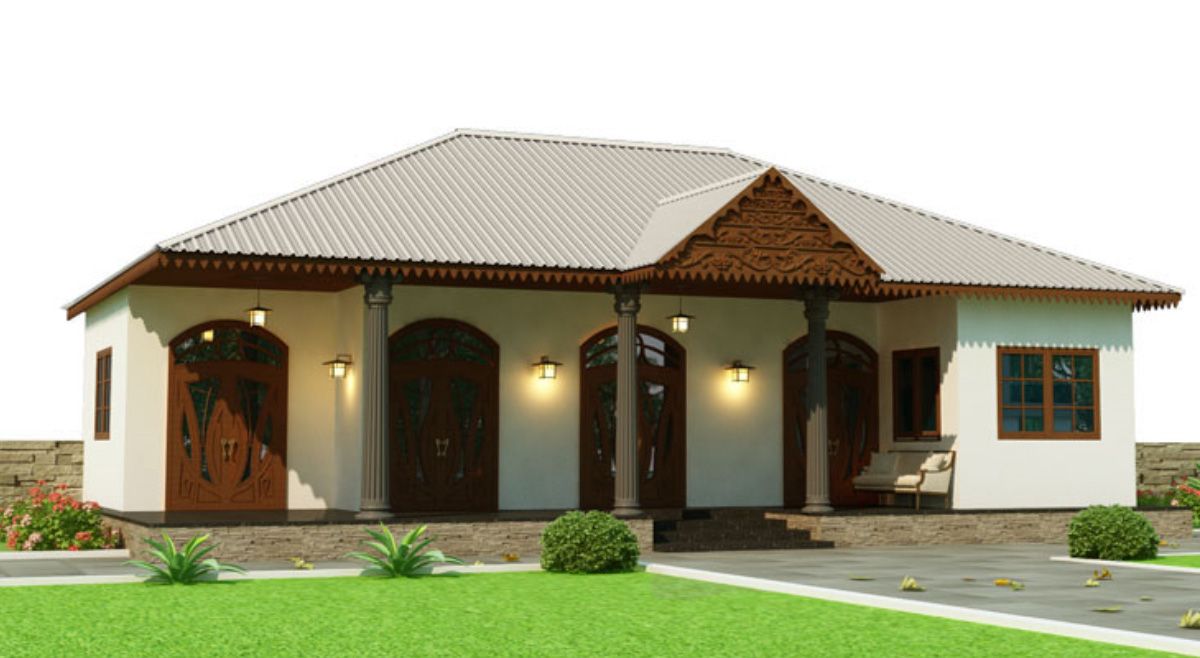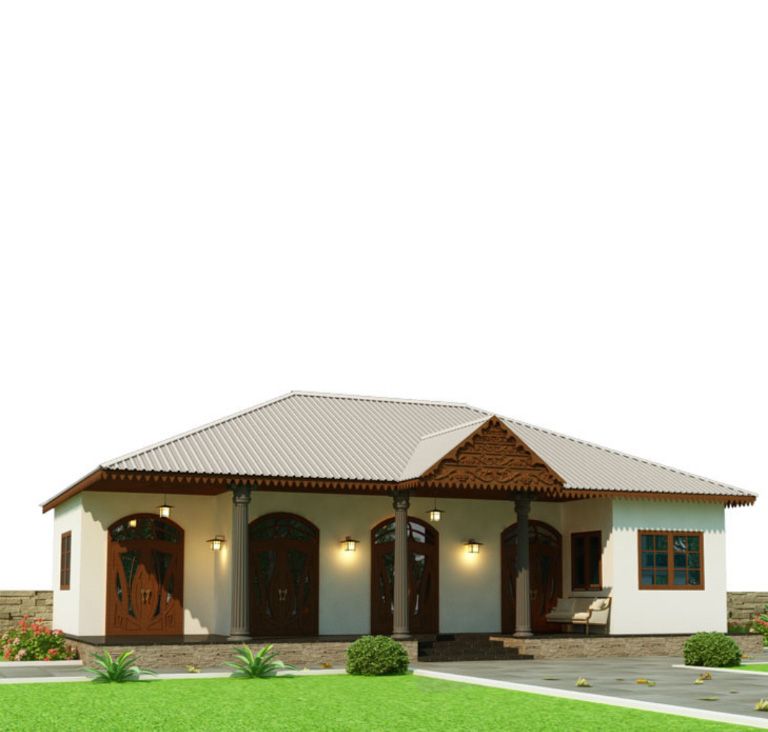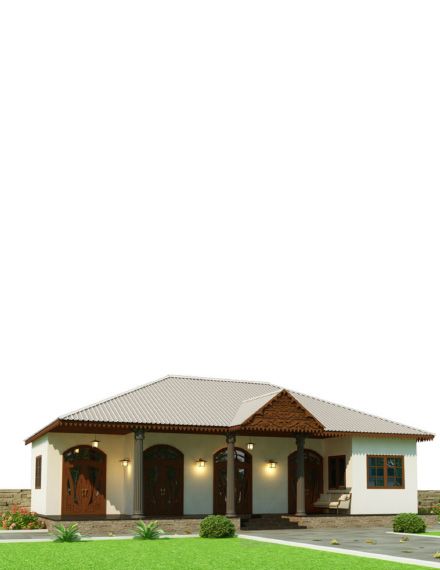Unveiling the Beauty of Corrugated Roofing Sheets in Indian Architecture
We all have seen that In the diverse and vibrant tapestry of Indian architecture, one element that often stands out for its unique blend of utility and aesthetics is the corrugated roofing sheet. These sheets, often made from GI (Galvanized Iron) metal, have played an integral role in shaping the architectural landscape of India. This is why we are here to explore the beauty of corrugated roofing sheets in Indian architecture, shedding light on their significance and the transformation they bring to the architectural canvas of the nation.
Corrugated Roofing Sheets in India:
Corrugated roofing sheets, primarily composed of GI metal, have long been a favoured roofing solution in India. They are known for their durability, affordability, and versatility. The unique corrugated design, with its ridges and grooves, provides strength and stability while allowing for efficient rainwater drainage. These characteristics have made corrugated roofing sheets an excellent choice for various architectural applications across the country.
Rural Charm: The Indian Village Landscape
One of the most iconic settings where corrugated roofing sheets find their place is in rural India. The simplicity and effectiveness of these sheets make them perfect for traditional village homes. They blend seamlessly with the landscape, offering a rustic charm that complements the simplicity of rural architecture. The sheets' reflective surface can also help keep homes cooler during the scorching Indian summers, making them a practical choice.
Urban Revival: Modern and Industrial Aesthetics
In recent years, corrugated roofing sheets have made a resurgence in urban India. Architects and designers looking to create unique, eye-catching structures have embraced their industrial and modern aesthetic. From trendy cafes to contemporary office buildings, these sheets have been used to craft roofs and facades that exude an urban edge. Their natural light and shadow use adds a dynamic quality to architectural designs.
Sustainable Solution: The Environmental Impact
With sustainability becoming a central concern in contemporary architecture, corrugated roofing sheets are an environmentally friendly choice. Made from recyclable materials, such as GI metal, they have a lower environmental footprint compared to other roofing materials. They also work well with solar panels, further promoting clean energy solutions in India.
Customisation and Colour Variety
Corrugated roofing sheets in India come in a range of colours and can be easily customised to suit architectural vision. This flexibility allows architects and builders to harmonise the sheets with the overall design scheme, ensuring that they complement the aesthetics of the building.
Weather Resilience: Thriving in Extreme Conditions
India's diverse climate, from the scorching heat of the desert to the heavy monsoon rains in the northeast, places rigorous demands on roofing materials. Corrugated roofing sheets are known for their ability to withstand these extreme conditions. Their durability and resistance to corrosion make them an ideal choice for structures that must endure India's diverse climates. Manufacturers like JSW Sheet are known for their top-quality roofing sheets. It is the durability of their products that makes them stand out.
In the grand tapestry of Indian architecture, corrugated roofing sheets crafted from GI metal sheets hold a special place. They provide essential protection from the elements and contribute to the aesthetic appeal of structures. These sheets are an integral part of India's architectural heritage.
As architects and builders continue to explore new horizons in design, corrugated roofing sheets in India remain a timeless and versatile choice, embodying the fusion of functionality and beauty in architectural expression. With their unique ability to complement the diverse architectural styles across the country, corrugated roofing sheets will continue to unveil their beauty in the evolving Indian architectural landscape.




